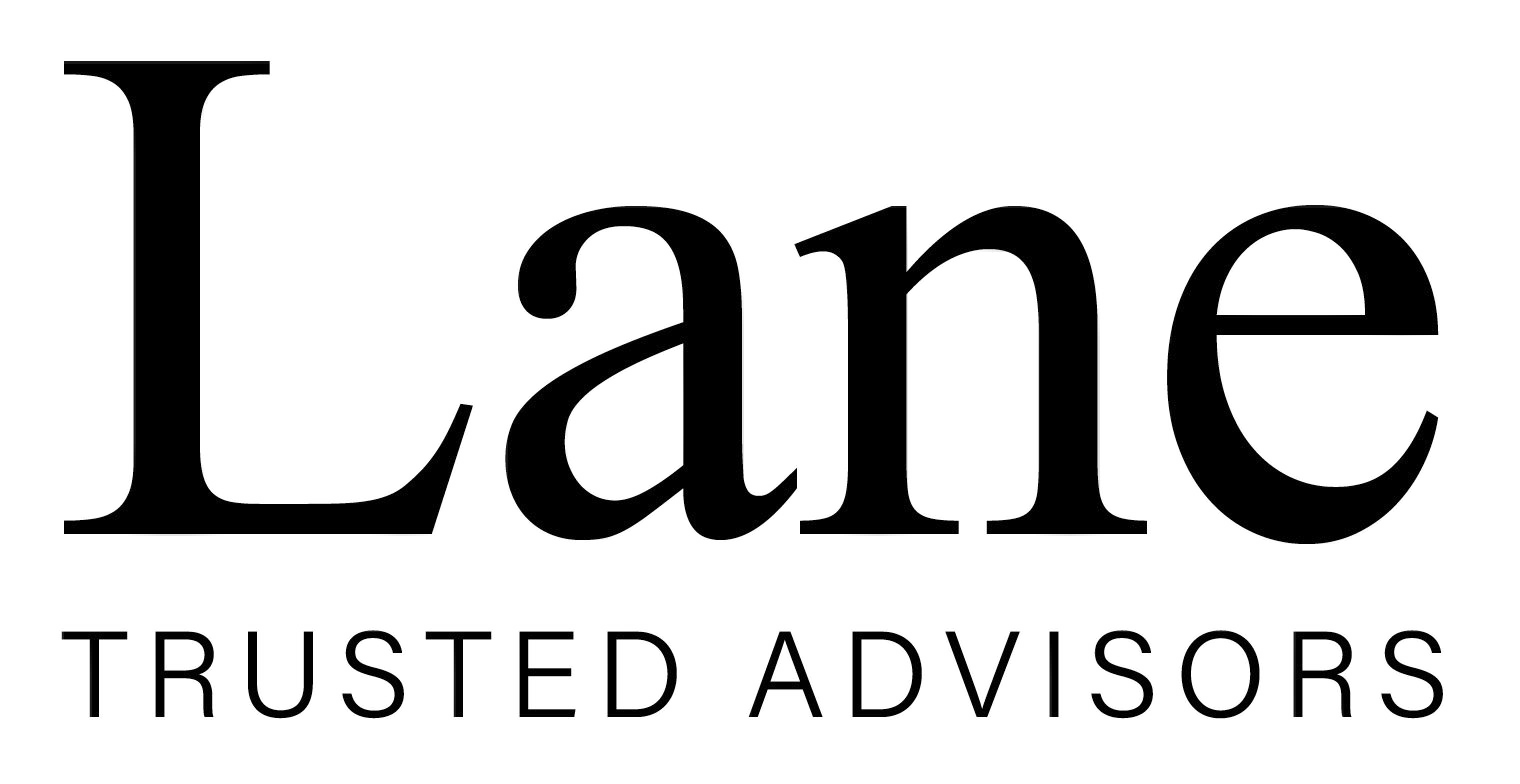The economic challenges of the past several years have driven home the significant need among corporate real estate managers, real estate developers, brokers and building managers to find ways to cut costs keep space filled and seek alternative way to reduce energy consumption. The rising price of electricity and other fuels along with the growing interest in embracing some form of ‘green’ has focused attention on the facilities where we work, play and live. Companies are beginning to face the needs of compliance by government to report on their carbon footprint – electricity rates have risen dramatically across the entire North American Continent and tenants are starting to ask for a friendlier environment. Reaction to this has seen the introduction of LEED guidelines for new building construction, Energy Star ratings for appliances and an enormous amount of rhetoric at Conferences and in the trade press. Yes, some advances and changes have occurred, LEED Gold, Silver and Bronze structures have been completed in many parts of the country.
However, the yardsticks have barely moved. Every person in North America still uses 4 watts of electricity daily versus India at .14 watts and 150 gallons of water. To put it in perspective, if all our new global ‘neighbors’ were to attempt to achieve westernized lifestyle, we would need multiple planet Earths in order to facilitate the demand on resources. Are we headed in this direction – yes and change must take place.
For the past five years, we have worked extensively in the creation of new facilities for several clients. The most recent was a 30 story (350,000 sq ft) office tower where many new technology and construction processes were introduced and deployed. The focus was to deliver space that was energy efficient, safe for the tenant user and equipped with technology that would allow for remote management as the ability to add upgraded applications in the future. It included an IP backbone that eliminated the various construction silos seen in previous projects. Yes one could describe the facility as ‘state of the art’.
What did we find along the way? To achieve the final product, an enormous degree of collaboration among the various participants had to take place. First and foremost, IT (information technology) became a major participant. We needed to ensure access to all the functions taking place with the structure could be captured. What would be done with all this data is another story! ( the final results not yet defined).Technically, we were able to capitalize on most of the potential savings and provided the owners, potential tenants with a property for the future. However, there were missing links that are now more readily clear. The involvement of the Organization – the people and those responsible for People – Human Resources! … and Yes – the leaders (CEO’s – Boards of Directors)
The management of our Real Estate needs, space, transactions, portfolios/lease versus buy, internal versus 3rd party management and planning for the future all seem somehow to be not connected. On one side of the table we are deploying technology to measure and reduce energy consumption, installing software to gather data and creating a product (real estate platform) we hope will be attractive to tenants. The tenants have some definitions of what they are seeking and try to match their needs to what they find in the marketplace. Unfortunately our findings show that internally few organizations have matched their existing organizational structure- plans for the future and workflow to their real estate needs. The business need should drive technology decisions not the alternative. In many situations, companies have an occupancy rate of less that 65% on any given day – what is this space doing for you.
In discussion, we consistently find none or little communication between real estate, IT, HR and others regarding future needs. One organization related how they now handle some 2500 moves /changes per month. Nice work for movers, internal wiring/cabling costs. The issues become a greater need when one compares the geographical and cultural differences with a Global organization. The requirements to ensure – standards, written and agreed to policies become essential. You would be surprised how few of these have them in place.
The solution may be moving to an IWMS (Integrated Workplace Management System)- but be careful – a software solution will never be the total answer. It will always take human interaction. The tools are there – real estate can be transformed into a strategic asset but get STRATEGY RIGHT.
Perhaps 10 steps to consider:
1. Perform a fundamental and comprehensive need analysis
2. Prioritize requirements
3. Evaluate existing organizational structure and workflow
4. Determine the approach that makes the most sense for required functionality AND quick payback
5. Understand that not all ‘integrated solutions’ are alike
6. Choose the software platform that allow for growth
7. Don’t overlook implementation and customization costs, in time and dollars
8. Select a vendor with a history of delivering the promised results on time and in budget
9. Minimize costs for maintenance and application management
10. Leverage flexibility
Are you ready for the Future with you Real Estate requirements?
© 2011 Robert H Lane and Associates Inc – all rights reserved

